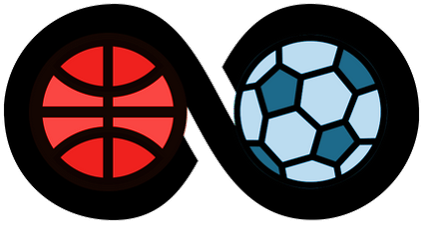The first drill requires that the players split up into two teams, one team on one bench. On each blue line, 10 pucks are lined up and a goalie is present in each net. As the whistle is blown, one player from each team gets up from the bench and speeds towards the blue line. To help them pick up speed, the coach can get the players to come out from a fare-off door so that they can speed up on their way to the blue line. When they reach the blue line, they’re supposed to pick up the puck and make use of the breakaway position, since there’s no one defending the goal other than the goalie. If the player is able to shoot the pucker into the goal, he’ll rush back to the bench and let the next player go. But if the player is not able to put the pucker into the goal or if the goalie defends it, he has to recover the pucker and put it on the blue line for the next player to use. Out of the two teams, whichever scores all of their pucks first, wins the game.
The second drill revolves around scrimmage. To make sure the young athletes are ready to deal with every scenario in the field, the coach must create different situations and teach them how to deal with it. As with the first drill, this second drill also requires that the players split up into teams, with one team on one bench. A coach will be present at each bench and will whisper a number to the group on that bench. This whispered number is the number of kids which will leave the bench and go play. After about every 45 seconds, a new number is whispered to the kids left on the bench and that number of kids rush off the bench. At the same time a whistle is blown to call back the kids already on the ground.
The third fun drill is a type of a small area game. This is useful because it allows to focus on a certain situation from the game and make the kids go through it again and again so that they become accustomed to it and gain experience. What we’re focusing on now, is done at one end of the field, from the boards to the blue line. The players split into two teams and line up on the blue line. For this, the nets are placed length-wise.
Initially, the game is a 2 on 2 while the rest of the players from both teams wait on the blue line. if one player from a team passes the puck to any of his team mate on the blue line and that player can pass the puck back, then the one on the blue line can join the game so then it’s a three on two.
